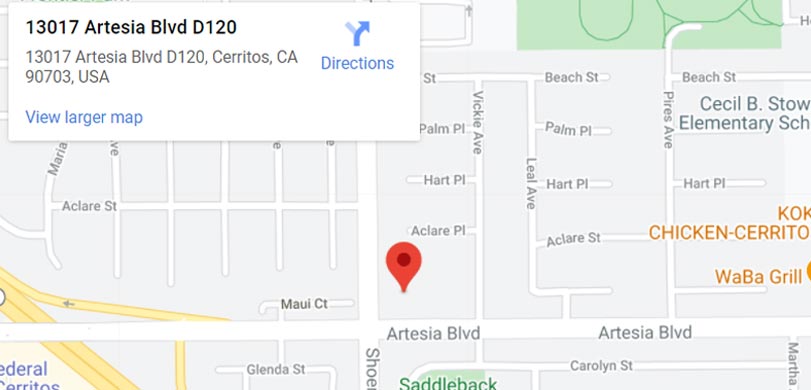Stains are a common dental issue due the natural wear and tear your teeth endure. This can be exacerbated by poor lifestyle habits, such as an unhealthy diet, poor oral hygiene, and smoking. Despite how common stains are, they can cause a lot of embarrassment and make people feel self-conscious. The good news is that there are effective ways to improve the shade of your smile. A healthy oral care routine and professional teeth whitening can help you achieve your desired smile. You may wonder, which stains can teeth whitening remove?
Types of Teeth Stains
There are two main types of teeth stains, including extrinsic and intrinsic stains. Consider the differences between each type of stain below.
Extrinsic Stains:
These are superficial stains that affect your enamel, the outermost layer of your tooth. Extrinsic stains are surface stains that are often caused by your diet and poor lifestyle habits, such as smoking. They often cause discoloration that appears yellow or brown and can impact the appearance of your smile.
Intrinsic Stains:
This type of stain impacts your dentin, the middle layer of your teeth. Intrinsic stains are much deeper than extrinsic stains and are caused by different things. Common causes of intrinsic stains include the natural aging process, excessive fluoride exposure, trauma, or certain medications. They often appear a yellow, brown, gray, or orange color and can severely impact your smile.
Which Stains Can Teeth Whitening Remove?
Teeth whitening can address both types of stains, including extrinsic and intrinsic. Teeth whitening can be highly beneficial for both in terms of improving the look of your smile. Extrinsic stains are much easier to address with teeth whitening. You may need multiple treatments depending on your shade goals, but it is possible to achieve a whiter smile with a professional teeth whitening treatment if you have intrinsic stains.
Extrinsic stains are slightly harder to address depending on their severity. Extrinsic stains can be addressed with professional teeth whitening, but it may take a series of treatments to achieve a white smile. However, severe extrinsic stains may require a different type of treatment in addition to whitening. Alternative treatments to treat discoloration include veneers, crowns, or dental bonding. A dentist in Cerritos skilled in cosmetic dentistry can create a treatment plan that’s right for you based on your unique goals.
Stain Prevention Tips
Teeth whitening treatments can be beneficial in improving the look of your smile. However, you need to maintain your oral health to keep your teeth white, consider the following tips to help preserve your whitening treatment and prevent stains.
- Consistent Daily Oral Care Routine: Maintaining a consistent daily oral care routine is critical when it comes to your oral health and keeping your teeth white. This includes brushing at least twice a day with a soft-bristled toothbrush for two minutes. It’s important to floss at least once a day. If you only floss once, it’s important to floss at night. Having a clean mouth before you go to bed can help reduce your risk for harmful dental issues.
- Regular Dental Visits: Regular dental visits are important for your oral health, but they can also help improve the look of your smile. It is recommended that adults get a teeth cleaning in Cerritos at least every six months.
- Healthy Diet: Eating a diet that is filled with fruits, vegetables, and healthy proteins can be beneficial. Avoid foods that are highly processed or high in sugar due to the harmful effects it can have on your oral health. These foods not only impact your oral health, but can also cause discoloration.






